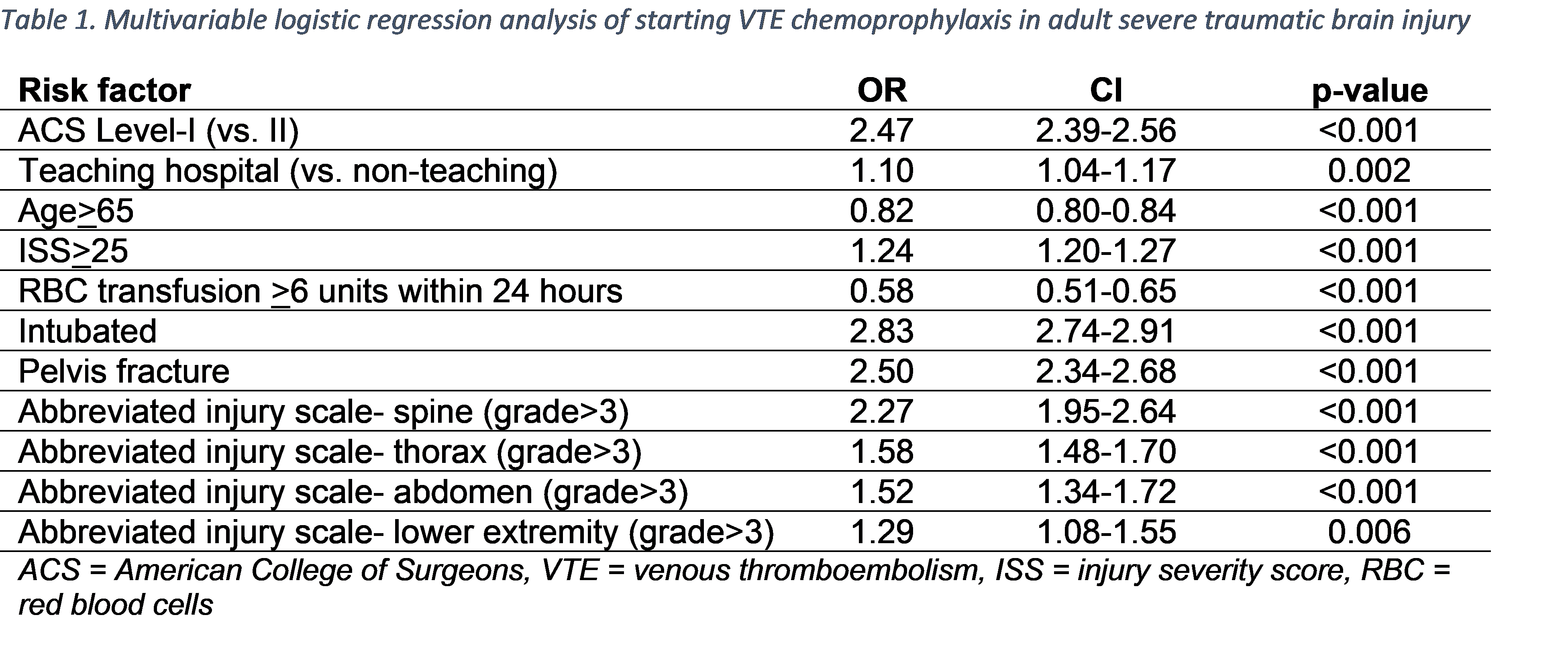

This study aimed to characterize the financial metrics and vulnerability of California ACS-verified trauma centers using the newly developed financial vulnerability score (FVS). However, this newly developed tool has not been used to evaluate the financial vulnerability of ACS-verified trauma centers or identify key hospital-specific variables that most influence financial health or vulnerability. They demonstrated wide variability in financial metrics and a high degree of financial vulnerability among multiple subgroups based on revenue and liquidity. hospitals using 4 metrics of financial liquidity and 2 measures of revenue sources. Recently, Khullar and colleagues 12 developed a hospital financial composite score that reflects the financial vulnerability of U.S. 12 Owing to the complicated nature and wide variability in financial metrics between centers, it is difficult to readily establish a center’s financial health and to compare these factors between centers or systems.

The coronavirus disease 2019 (COVID-19) pandemic increased financial strain on the entire health system of the US, including both trauma centers and nontrauma hospitals. 10 This has a potential negative effect on patient outcomes by increasing inpatient mortality and may disproportionately effect patients in marginalized groups and those who are uninsured or underinsured. 8, 9 Rural hospitals have also faced an increased risk of closure. 6, 7 Risk factors associated with a trauma center closure include increased rates of uninsured or underinsured populations, changing reimbursement rates, declines in patient volume, and a negative profit margin. However, there has been a rising number of closures of trauma centers, as well as nontrauma center hospitals, over the past 2 decades. 3 Despite the challenges, the value of a trauma center on patient outcomes and quality of life has been shown, indicating the integral role trauma centers have in a health system. These financial challenges of maintaining an American College of Surgeons (ACS)–verified trauma center are well described, and may include essential infrastructure, 1, 2 and the costs associated with maintaining this infrastructure, which has been shown to be more than $10 million annually for an average Level I trauma center. Although the clinical benefit of trauma systems has been well characterized, it also entails significant investments of money, resources, and personnel. The optimal care of patients experiencing major traumatic injury in the US is based on the establishment of multiple trauma centers working within a state or regional trauma system. Many ACS trauma centers are at moderate/high risk for financial vulnerability and disparate impacts of stressor events, and the FVS may represent a novel metric that could be used at the local or statewide level. Lower FVS centers were more likely to be teaching hospitals and members of a larger corporate entity. Lower FVS centers had greater asset:liability ratios, operating margins, and days cash on hand compared with the 2 higher tiers, whereas high FVS centers showed a greater proportion of uncompensated care, outpatient share rates, outpatient surgeries, and longer days in net accounts. Level I centers encompassed the greatest proportion of the high FVS tier (44%), whereas Level II and III centers were the most likely to be in the middle and lower tiers, respectively (44% 63%). Nine were Level I, 27 were Level II, and 8 were Level III. RESULTS:įorty-seven ACS trauma centers were identified. Hospital characteristics were also analyzed and compared. Tertiles of the FVS were generated to classify trauma centers as high, medium, or low financial vulnerability. Financial vulnerability of each center was calculated using 6 metrics to calculate a composite Financial Vulnerability Score (FVS).

The RAND Hospital Data financial dataset was used to evaluate all American College of Surgeons (ACS)–verified trauma centers in California. We sought to characterize the financial health and vulnerability among California trauma centers and identify factors associated with high and low vulnerability. Although trauma centers represent an integral part of healthcare in the US, characterization of their financial vulnerability has not been reported.


 0 kommentar(er)
0 kommentar(er)
